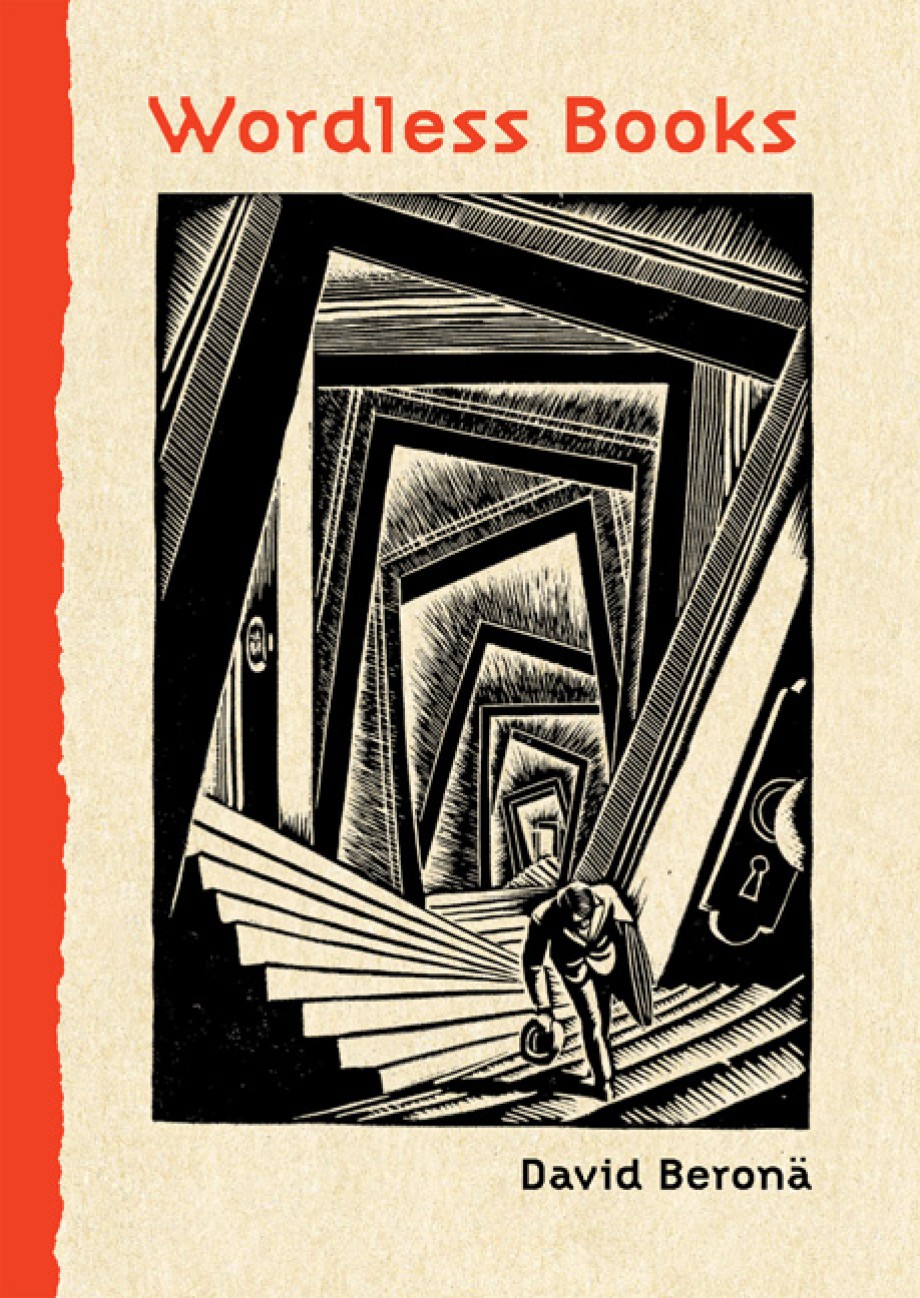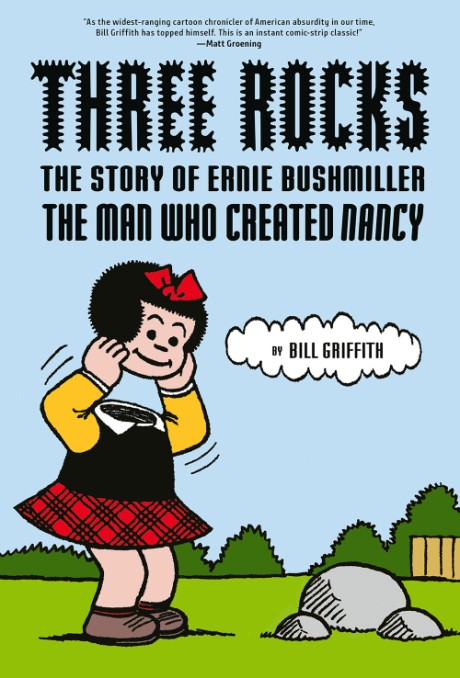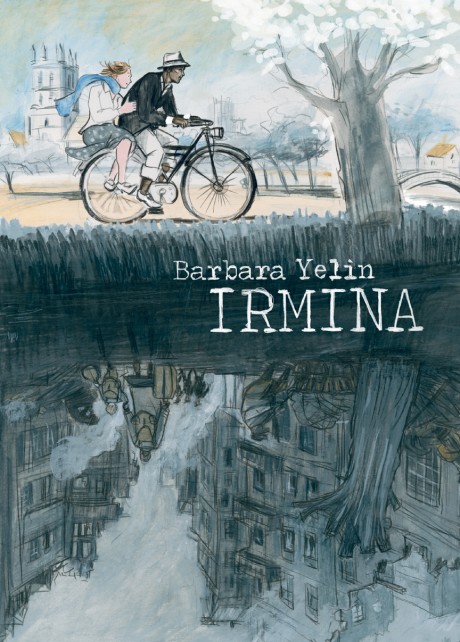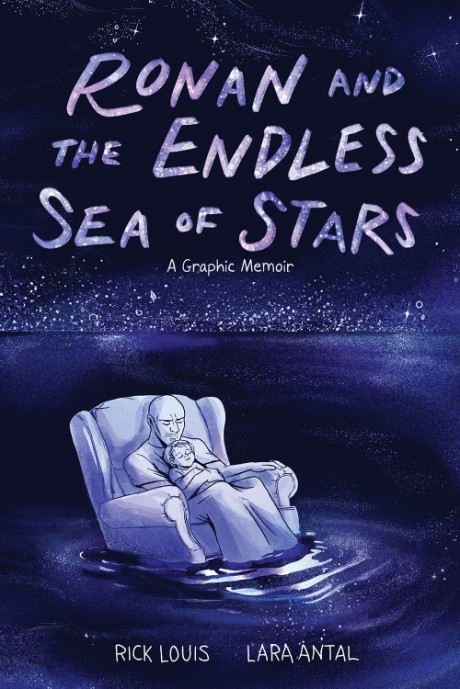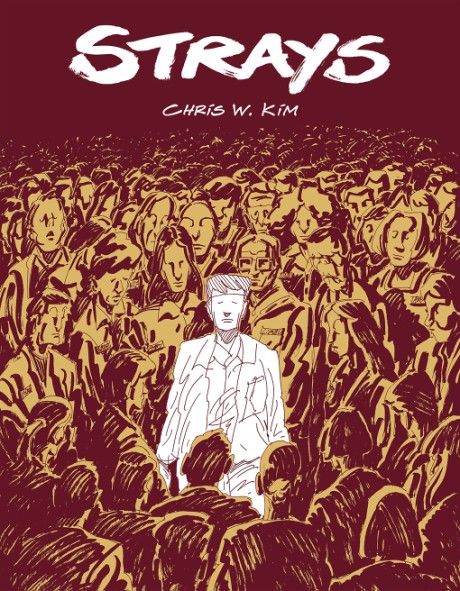"Wordless books" were stories from the early part of the twentieth century told in black and white woodcuts, imaginatively authored without any text. Although woodcut novels have their roots spreading back through the history of graphic arts, including block books and playing cards, it was not until the early part of the twentieth century that they were conceived and published. Despite its short-lived popularity, the woodcut novel had an important impact on the development of comic art, particularly contemporary graphic novels with a focus on adult themes.
Scholar David A. Beronä examines the history of these books and the art and influence of pioneers like Frans Masereel, Lynd Ward, Otto Nückel, William Gropper, Milt Gross, and Laurence Hyde (among others). The images are powerful and iconic, and as relevant to the world today as they were when they were first produced. Beronä places these artists in the context of their time, and in the context of ours, creating a scholarly work of important significance in the burgeoning field of comics and comics history.



